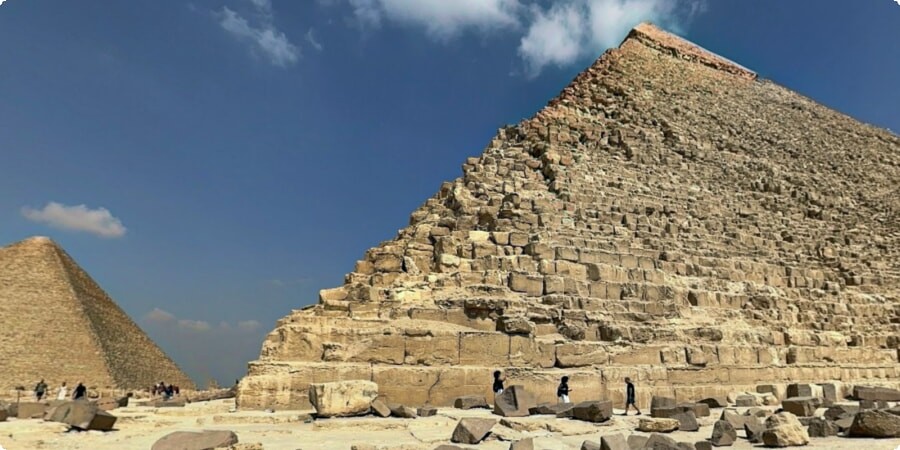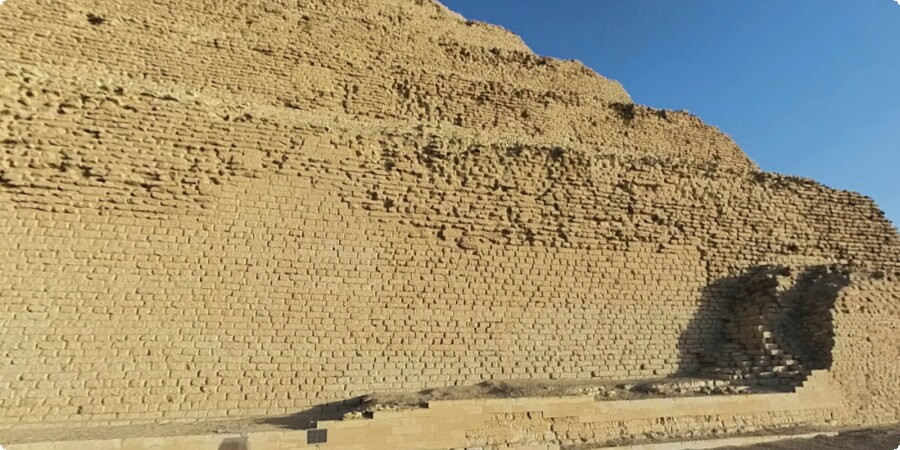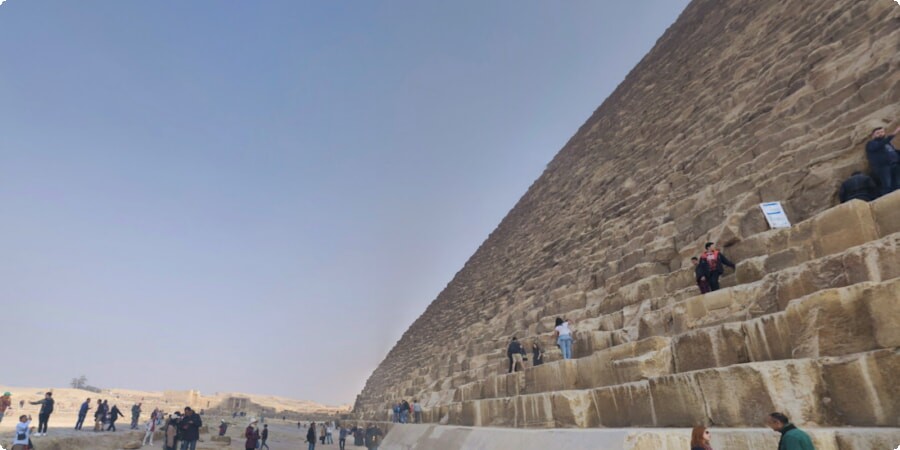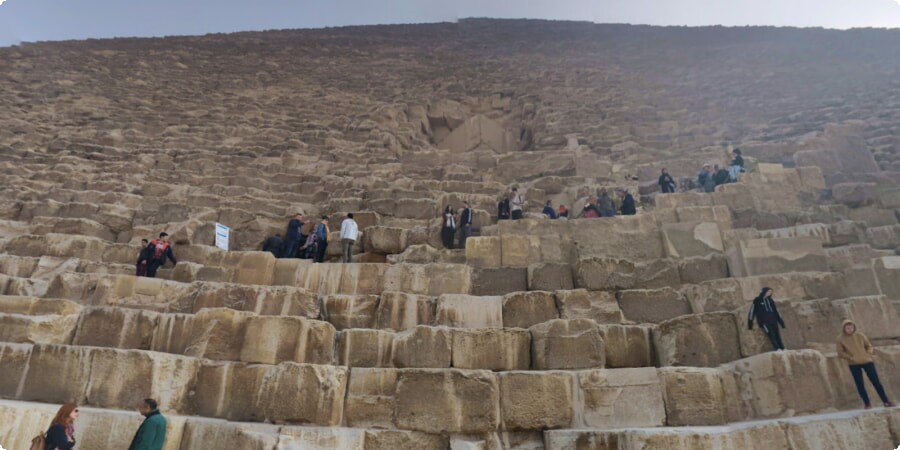Icons of Ancient Egypt: Unraveling the Mysteries of the Pyramids
Welcome to the timeless realm of ancient Egypt, where towering monuments stand as silent witnesses to a civilization that once ruled the banks of the Nile. Among these awe-inspiring structures, none captivate the imagination quite like the Pyramids of Giza. As symbols of Egypt's grandeur and mystery, these ancient wonders have fascinated scholars, explorers, and dreamers for centuries. In this article, we embark on a journey to unravel the mysteries of the Pyramids of Giza, delving into their history, architecture, and enduring significance.
Historical Context
To understand the Pyramids of Giza, we must journey back in time to ancient Egypt, a land ruled by pharaohs and steeped in myth and legend. Built over 4,500 years ago during the Old Kingdom period, the pyramids were monumental tombs constructed to house the earthly remains of Egypt's divine rulers. The largest and most famous of these pyramids, the Great Pyramid of Khufu, stands as a testament to the skill and ingenuity of ancient Egyptian engineers.
Constructed using millions of limestone blocks, each weighing several tons, the pyramids were meticulously planned and executed over the course of decades. They were designed to withstand the ravages of time and to serve as eternal monuments to the pharaohs' power and divine status. Today, the Pyramids of Giza stand as the last surviving wonders of the ancient world, a testament to the enduring legacy of one of humanity's greatest civilizations.
Architectural Marvels
The Pyramids of Giza are not just colossal monuments; they are architectural marvels that showcase the advanced engineering skills of the ancient Egyptians. The Great Pyramid of Khufu, the largest of the three pyramids, rises to a height of over 450 feet and was the tallest man-made structure in the world for over 3,800 years. Its precise alignment with the cardinal points of the compass and its intricate internal chambers have puzzled archaeologists and astronomers for centuries.

Adjacent to the Great Pyramid are the slightly smaller pyramids of Khafre and Menkaure, built by Khufu's successors to house their mortal remains. Despite their smaller size, these pyramids are no less impressive in their construction and design, featuring complex internal passageways, burial chambers, and mortuary temples. Together, the three pyramids form a stunning testament to the skill and ambition of the ancient Egyptians.
For travelers planning to explore the wonders of Egypt, renting a car can provide the freedom and flexibility to visit the Pyramids of Giza and other historic sites at their own pace. You can arrange your car rental conveniently at Cairo Airport through this link, ensuring a seamless and unforgettable journey through the land of the pharaohs.
Purpose and Function
The Pyramids of Giza have long been shrouded in mystery, with scholars and archaeologists offering various theories about their purpose and function. One of the most widely accepted interpretations is that the pyramids served as elaborate tombs for the pharaohs, providing them with a grand resting place for their journey to the afterlife. Inside the pyramids, intricate burial chambers and passageways were constructed to house the pharaoh's mummified remains, along with precious treasures and artifacts meant to accompany them into eternity.
However, some researchers have proposed alternative theories about the pyramids' purpose, suggesting that they may have served as astronomical observatories, symbolic representations of the pharaoh's divine status, or even as energy-generating structures. While these theories remain speculative, they highlight the enduring fascination and intrigue surrounding the Pyramids of Giza and their enigmatic purpose.

Mysteries and Controversies
Despite centuries of study and exploration, many mysteries and controversies still surround the Pyramids of Giza. One of the most enduring mysteries is how the ancient Egyptians managed to transport and lift the massive limestone blocks used in the construction of the pyramids, some of which weigh upwards of 80 tons. Various theories have been proposed, ranging from the use of ramps and pulleys to the involvement of extraterrestrial beings.
Another point of contention is the true identity of the builders of the pyramids. While the prevailing belief is that they were built by skilled Egyptian laborers and craftsmen, some alternative theories suggest that they may have been constructed by enslaved workers or even by a lost civilization predating ancient Egypt. These theories continue to fuel debate and speculation among scholars and enthusiasts alike, adding to the allure and mystique of the pyramids.
Cultural and Symbolic Significance
Beyond their practical function as tombs for the pharaohs, the Pyramids of Giza hold profound cultural and symbolic significance in ancient Egyptian religion and society. In Egyptian mythology, the pyramid shape was associated with the primordial mound that emerged from the waters of chaos at the dawn of creation, symbolizing the eternal cycle of life, death, and rebirth.
Additionally, the pyramids served as symbols of the pharaoh's divine authority and his ability to transcend mortality, ascending to the realm of the gods upon death. Their towering presence on the horizon was meant to inspire awe and reverence among the ancient Egyptians, reinforcing the divine status of their rulers and the enduring power of the Egyptian state.

For travelers planning to explore the wonders of Egypt, renting a car can provide the flexibility and convenience to visit the Pyramids of Giza and other historic sites at their own pace. You can arrange your car rental through this link, ensuring a seamless and memorable journey through the land of the pharaohs.
